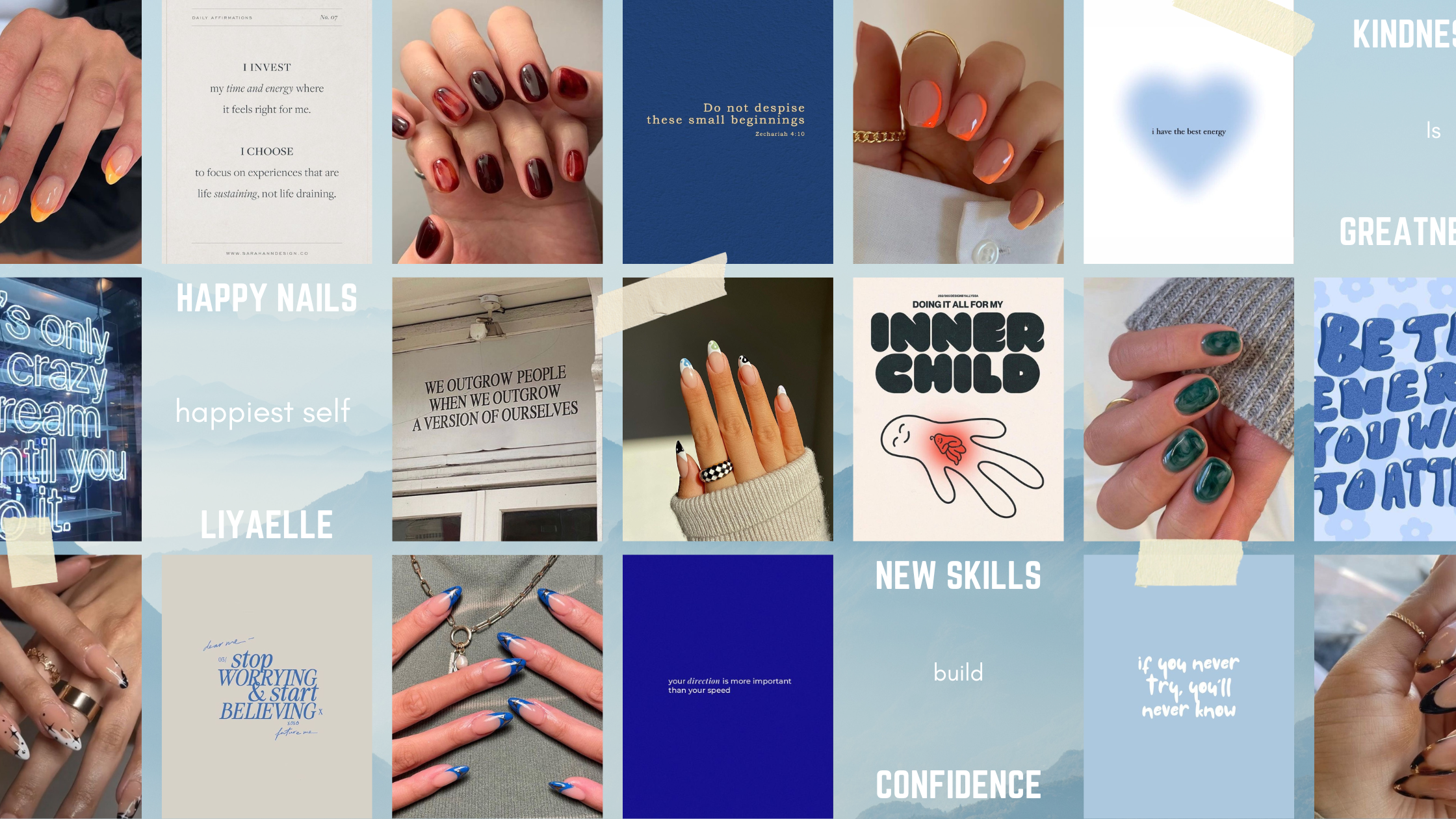
Tress Code | Plastic-Free Shampoos For Every Hair Type

Closet Confessionals | The Luxe Sparkle Starter Kit: Building a High-Quality Jewelry Collection From Scratch

Tress Code | Discover Your Moisture Blueprint

Aging Gracefully | Waxing at Home: From SugaringNYC to Bathroom Floor Brazilians

Tress Code | The Quench and Seal Duo for Your Porosity
